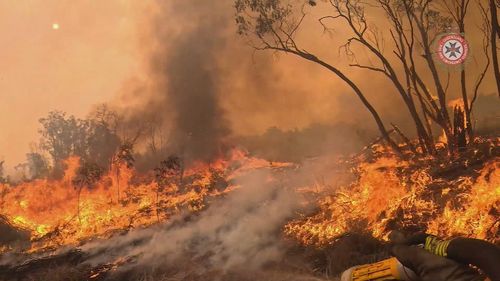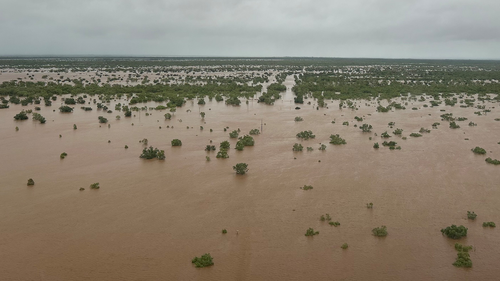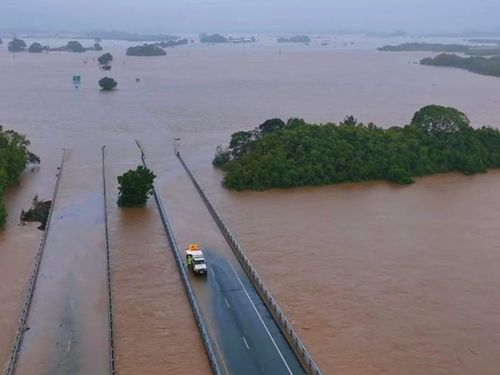That’s the key takeaway from a report by more than 30 of Australia’s leading climate scientists published today.
The report, titled “The State of Weather and Climate Extremes 2023”, found extreme weather events are happening more frequently and at an increased intensity, with many all-time records broken in 2023 alone.


Bushfires burning in Victoria’s west turn sky glowing red
“We have many extremes that are breaking records – and we’ve got records from variables for over 100 years so to break a record is really quite significant,” Deputy Director of the ARC Centre of Excellence for Climate Extremes, Professor Julie Arbalter, told 9news.com.au.
“We’ve had cyclones, floods, heatwaves – and these can all have devastating impacts on the local communities.”
2023 was a year bookended by prolonged cyclones and deadly floods, yet interspersed with periods of extreme dry and heat.

The rain dump saw one-in-100-year flooding of the Fitzroy River in the Kimberley which saw the river smash its previous peak level by 1.8 metres.
In March, the end of an historic ‘triple dip’ La Niña was declared, but an El Niño quickly followed.
Fuelled in part by the developing El Niño, New South Wales experienced its warmest winter in recorded history, with the average temperature sitting at a massive 2.23 degrees above average.

This extreme warmth was partially due to a persistent high-pressure system off Australia’s south-east coast, but it would not have been possible without the influence of human-induced climate change, the report’s authors found.
“A lot of people consider two to three degrees warmer during winter to be quite pleasant, but there are parts of the system which aren’t used to this unusual warming,” said Aditya Sengupta from the ARC Centre of Excellence for Climate Extremes.
“Some crops grow in winter and are sensitive to temperature and moisture. Even slight shifts in temperature can seriously affect crop yields.”
However, fears of a repeat of the 2020 Black Summer bushfires over summer were quenched as widespread rainfall fell across much of the east coast, bringing instead life-threatening floods.

“What was unusual about 2023 is how intense some of these events were and how they kept pushing records,” Director of the ARC Centre of Excellence for Climate Extremes, Professor Andy Pitman, said.
However, while 2023 may appear to have been an “extraordinary” year of wild weather, it could actually become closer to the new normal, Professor Arbalter warned.
“Every fraction of a degree of warming that we continue to warm the globe leads to more intense and frequent extremes,” she said.
“As 2024 goes on, we do still have record global temperatures and Antarctic sea ice is still very, very low in terms of its extent so we are expecting more of the extremes to occur this year.
“Until we actually start reducing emissions, we do expect more and more of these extremes.”






